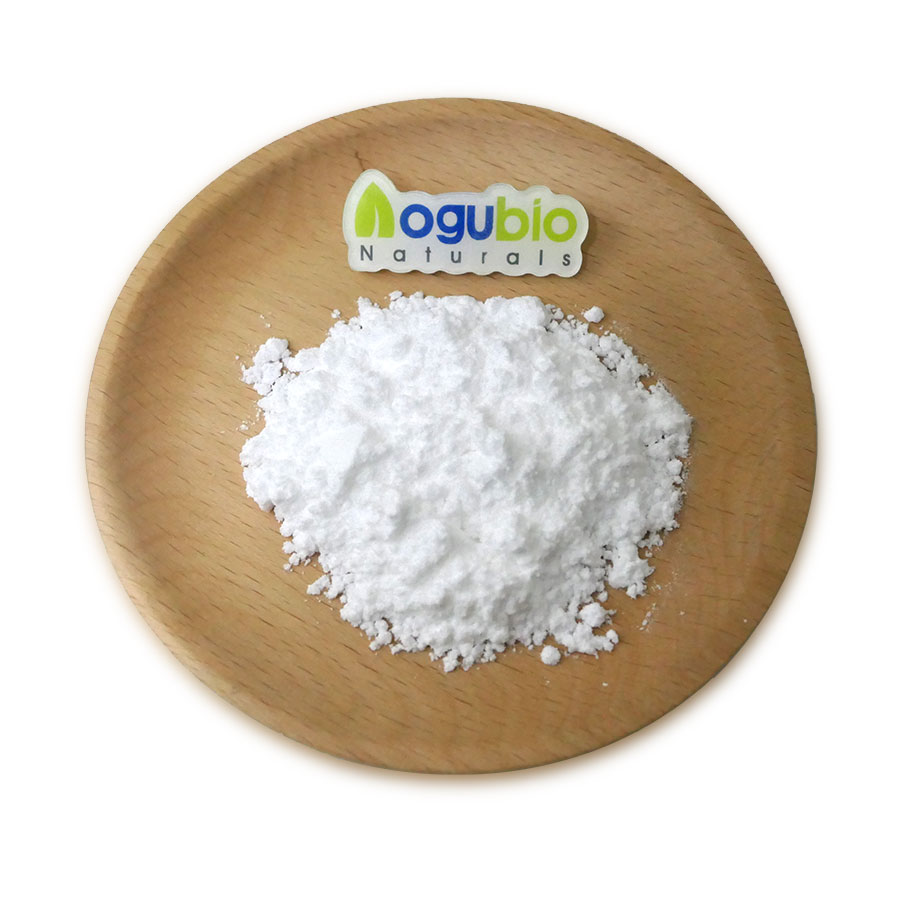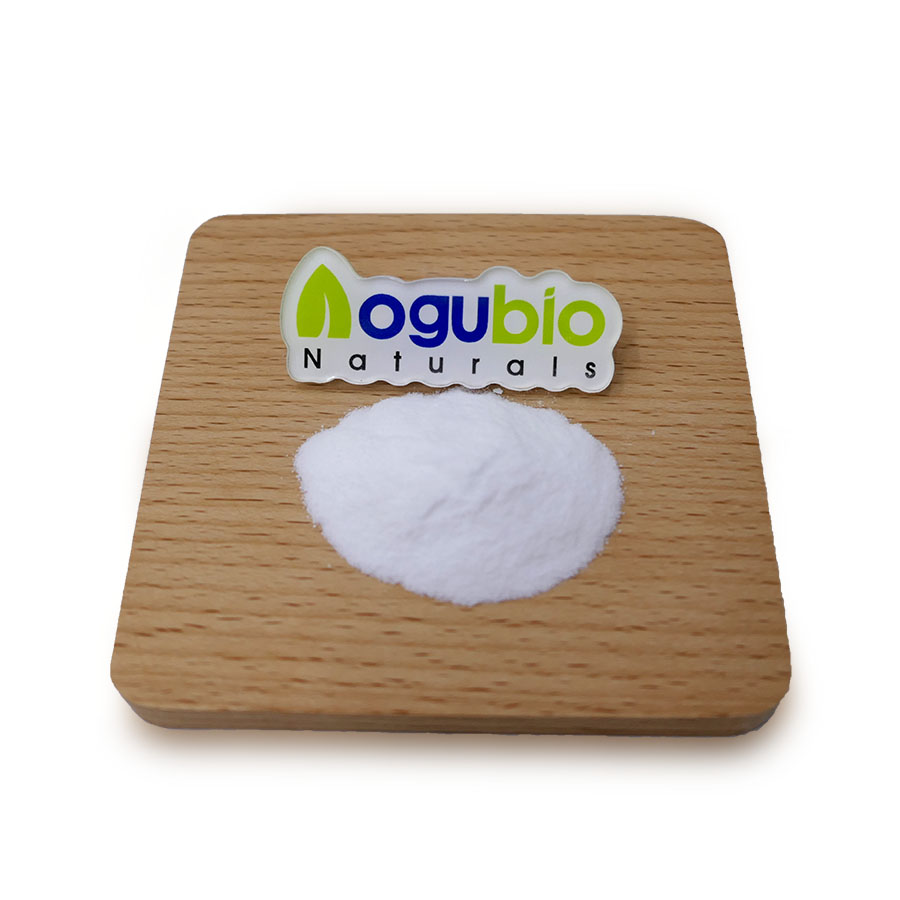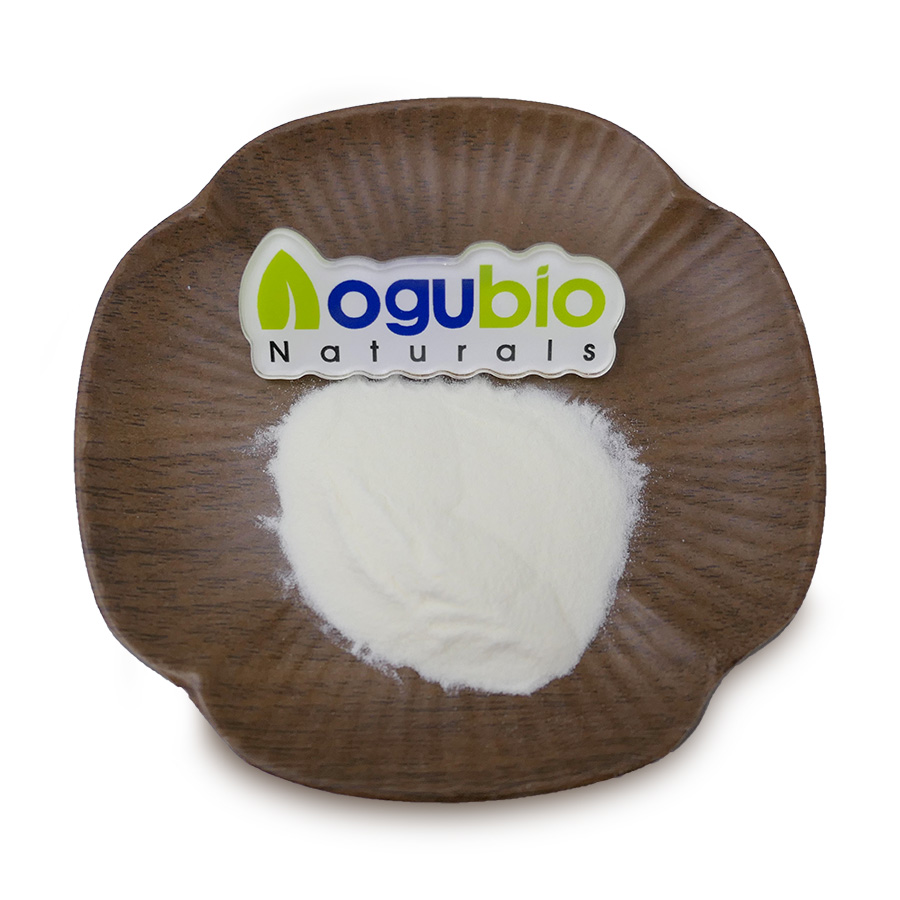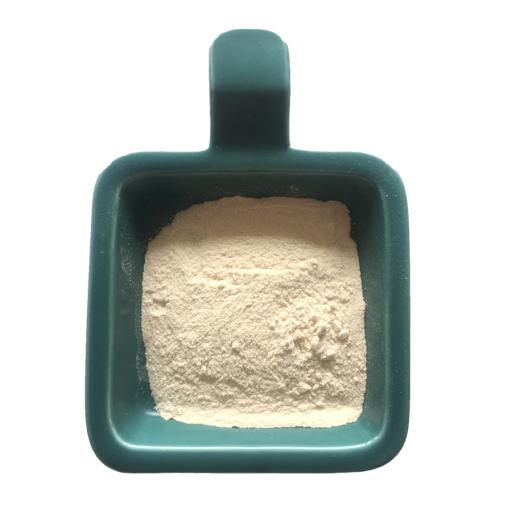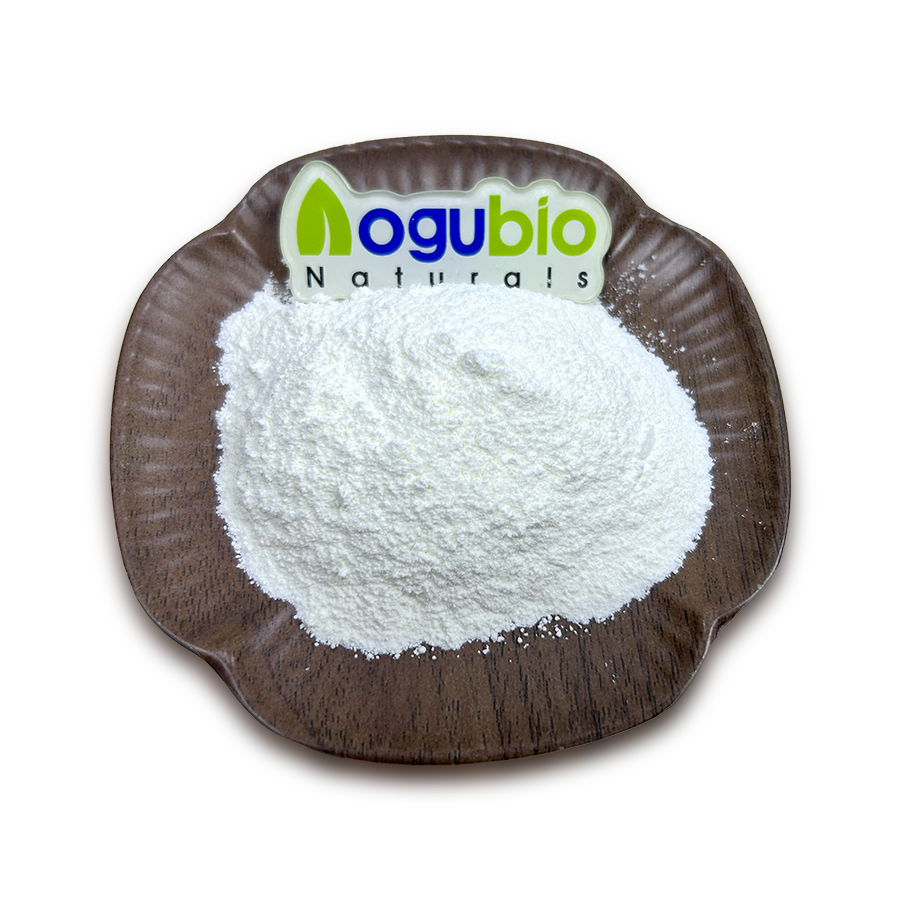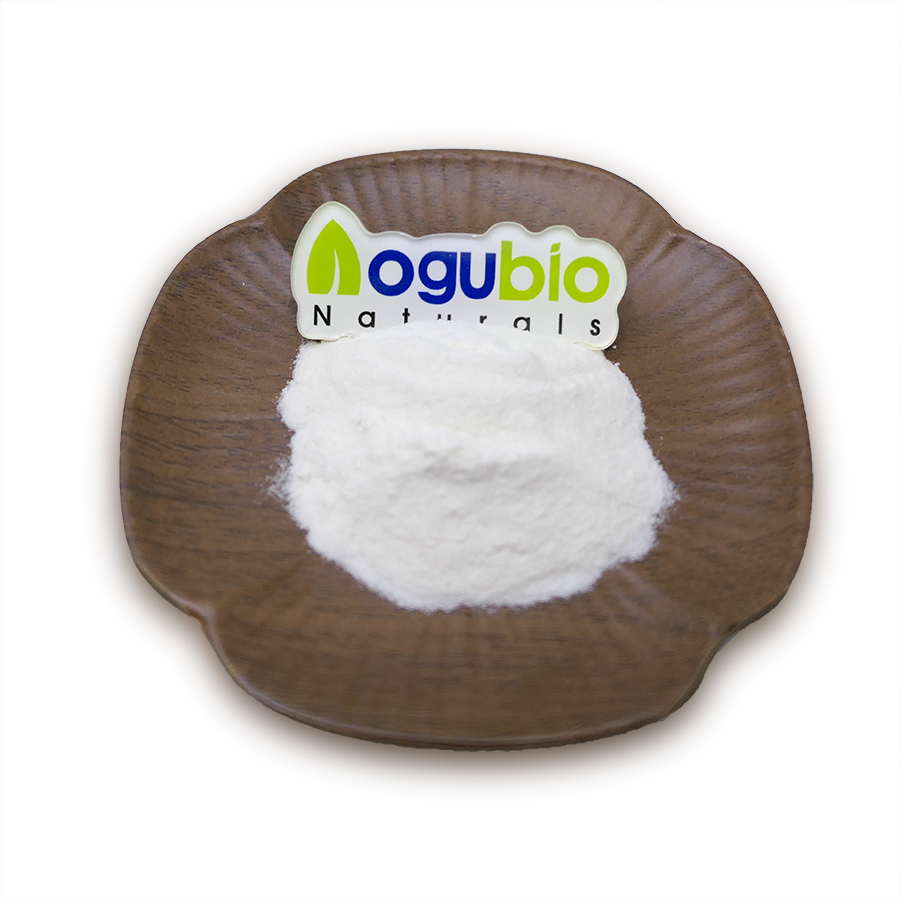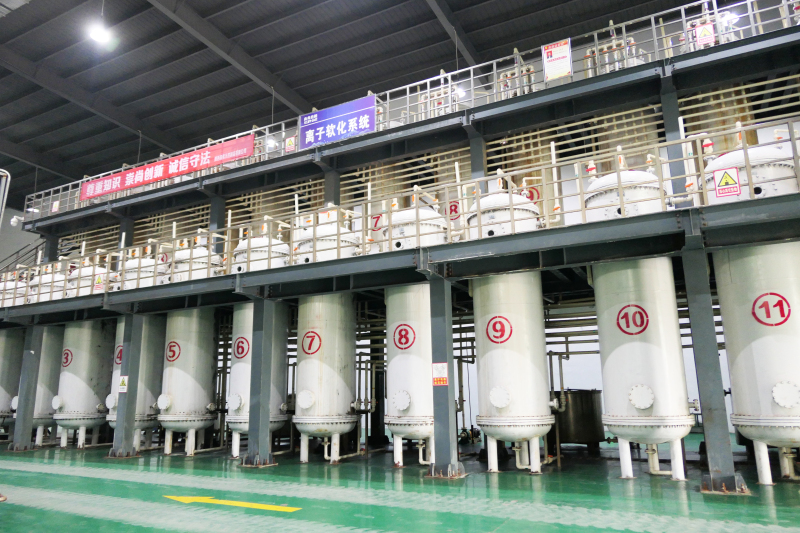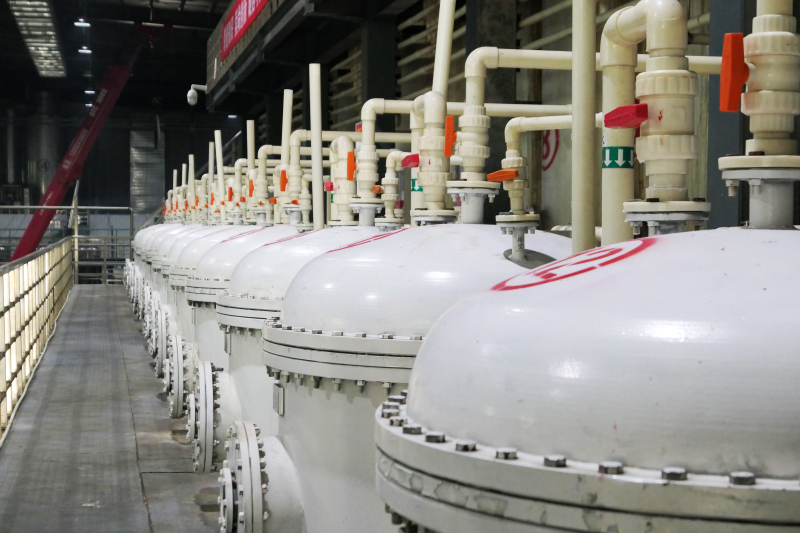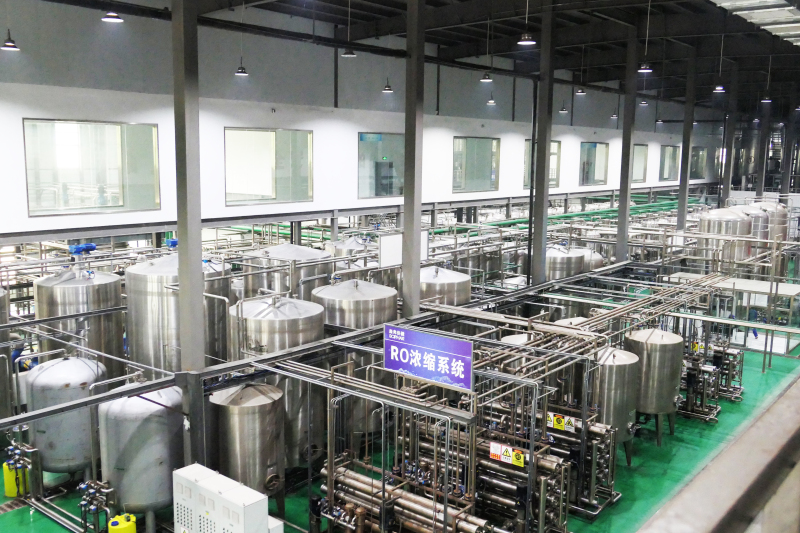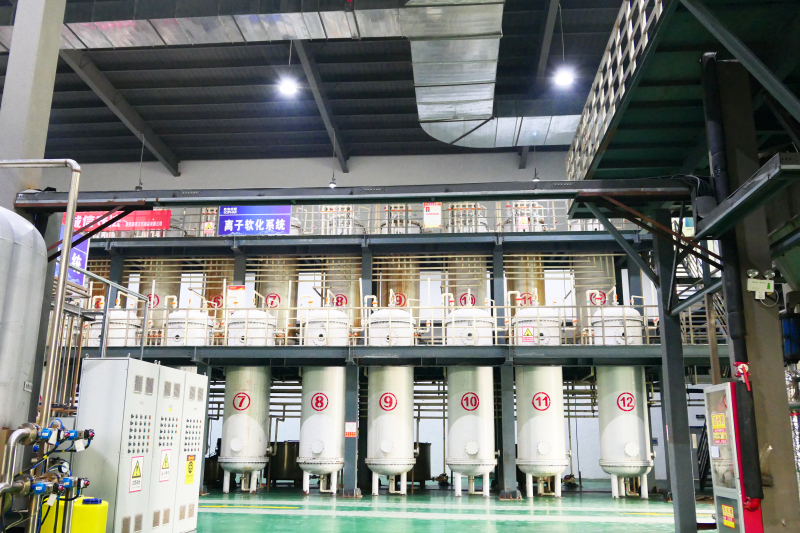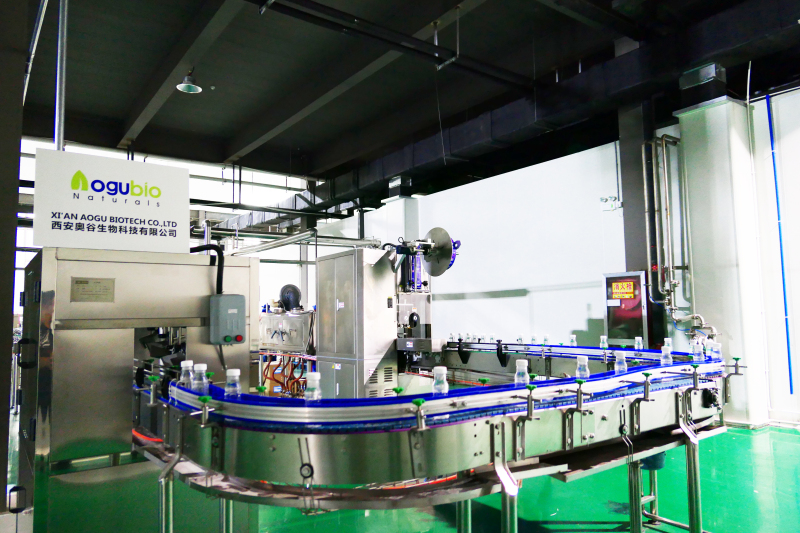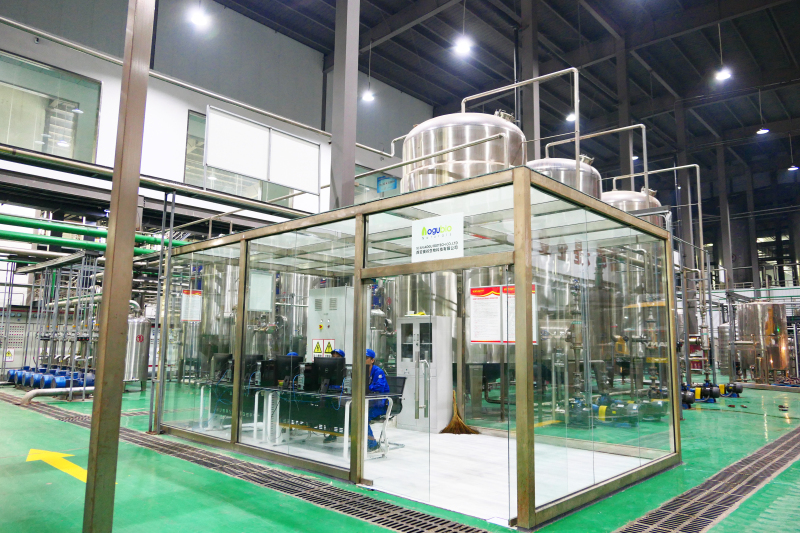High Purity Nicotinamide Adenine Dinucleotide Nad Cas 53-84-9
What is NAD+?
NAD is short for nicotinamide adenine dinucleotide.
It is a coenzyme and exists in NAD+ form and NADH form.
Here we talk about NAD+.
Now, there is a small power plant in every cell of your body. It is called the mitochondria.
Mitochondria are the source of all energy in the body. From lifting weights, blinking, digesting food to the heartbeat, everything relies on mitochondria.
NAD+ is the primary source to keep mitochondria activity.
When we were young, our bodies were full of NAD+. We get all the NAD+ we want.
But as we age, our NAD+ levels begin to fall like stones. Every 20 years, your NAD+ level drops by 50%.

BASIC ANALYSIS
| Testing Items | Specifications | Results |
| Appearance | White to yellowish powder or crystalline powder | Conforms |
| Identification | Conform with NMR | Conforms |
| Na Content (ICP-OES) | ≤0.5% | 0.01% |
| Water | ≤ 10.0% | 4.7% |
| PH | 2.0-4.0 | 3.3 |
| Purity (HPLC) | ≥98.5% | 99.71% |
| Assay | ≥97.0% | 99.28% |
| Heavy metal | ||
| Lead(Pb) | ≤0.5ppm | Conforms |
| Arsenic(As) | ≤0.5ppm | Conforms |
| Cadmium(Cd) | ≤0.5ppm | Conforms |
| Mercury(Hg) | ≤0.5ppm | Conforms |
| Spectroscopy Detection | ||
| A340/A260 | 0.39-0.47 (0.43±0.04) | 0.42 |
| A250/A260 | 0.75-0.91 (0.83±0.08) | 0.83 |
| A280/A260 | 0. 19-0.23 (0.21±0.02) | 0.22 |
| ε260 (pH=7.5) | 16.2- 19.8( 103 L·mol- 1·cm- 1)( 18 .0± 1.8) ×103 | 17.9×103 |
| ε340 (pH=10) | 5.7-6.9( 103L·mol- 1·cm- 1)(6.3±0.6) ×103 | 6.5×103 |
| Residual Solvent | ||
| Methanol | ≤ 1.0% | N.D |
| Ethanol | ≤2.0% | 0.02% |
| Microbial | ||
| Colonies Number | ≤750CFU/g | <10CFU/g |
| Escherichia Coli | <3MPN/g | N.D |
Function
Nicotinamide Adenine Dinucleotide (NAD) is an important coenzyme that plays a key role in cellular energy metabolism and redox reactions. Here are some professional introductions to NAD:
- Cellular energy metabolism: NAD is a key factor in converting nutrients in food into cellular energy. It participates in processes such as glycolysis, anaerobic respiration, and aerobic respiration within cells, helping to generate the required adenosine triphosphate (ATP) energy supply.
- Antioxidant effect: NAD also plays an important antioxidant role in cells. It can work with antioxidant enzymes to scavenge free radicals and other harmful oxidants, reduce oxidative damage to cells, help maintain cell health and delay the aging process.
- DNA repair: NAD is also involved in the process of DNA repair, helping to correct damage in DNA molecules and maintain the integrity of the cell's genetic information.
- Enhance immune function: NAD promotes the activity and function of immune cells and supports the immune system's response to viruses, bacteria and other pathogens.
- Improve cardiovascular and cerebrovascular health: NAD has been proven to improve cardiovascular and cerebrovascular health. It helps enhance the elasticity and function of blood vessel walls and improves blood circulation, thereby reducing the risk of cardiovascular and cerebrovascular diseases.
In addition, NAD has been found to be related to many other physiological processes and diseases, such as anti-cancer effects, neurodegenerative diseases, diabetes, depression, etc. However, using NAD as a supplement or pharmaceutical treatment requires more research and clinical validation.





